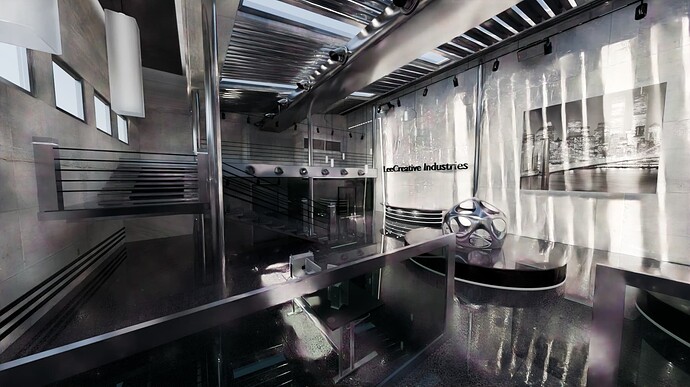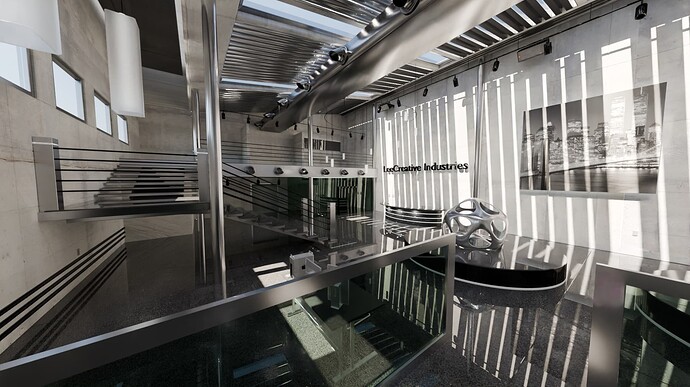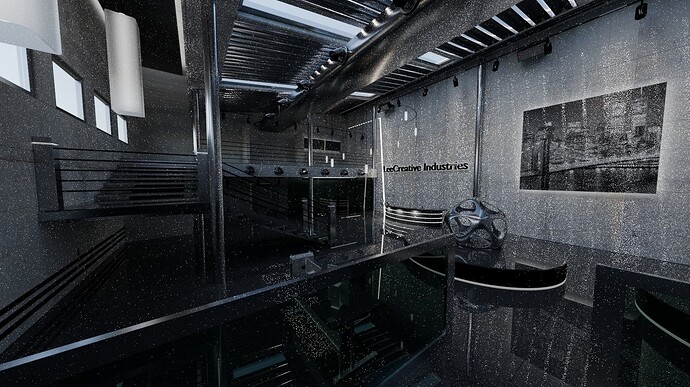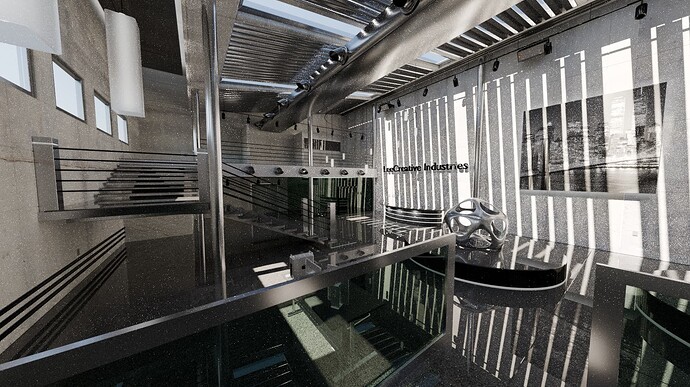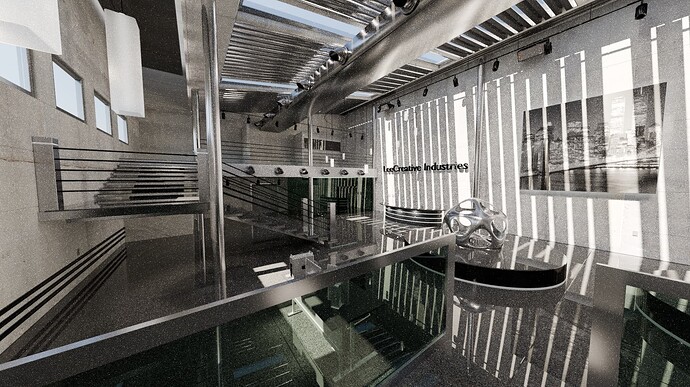Modified this scene by LRosario. With additions of Blend Swap | LB Desk, Blend Swap | LB Chair, and Blend Swap | Mac Pro 2020 & Apple Pro Display XDR.
All are 30-minute equal-time renders.
path tracing
diffuse product MIS path guiding
re-sampled importance sampling path guiding
no denoise
